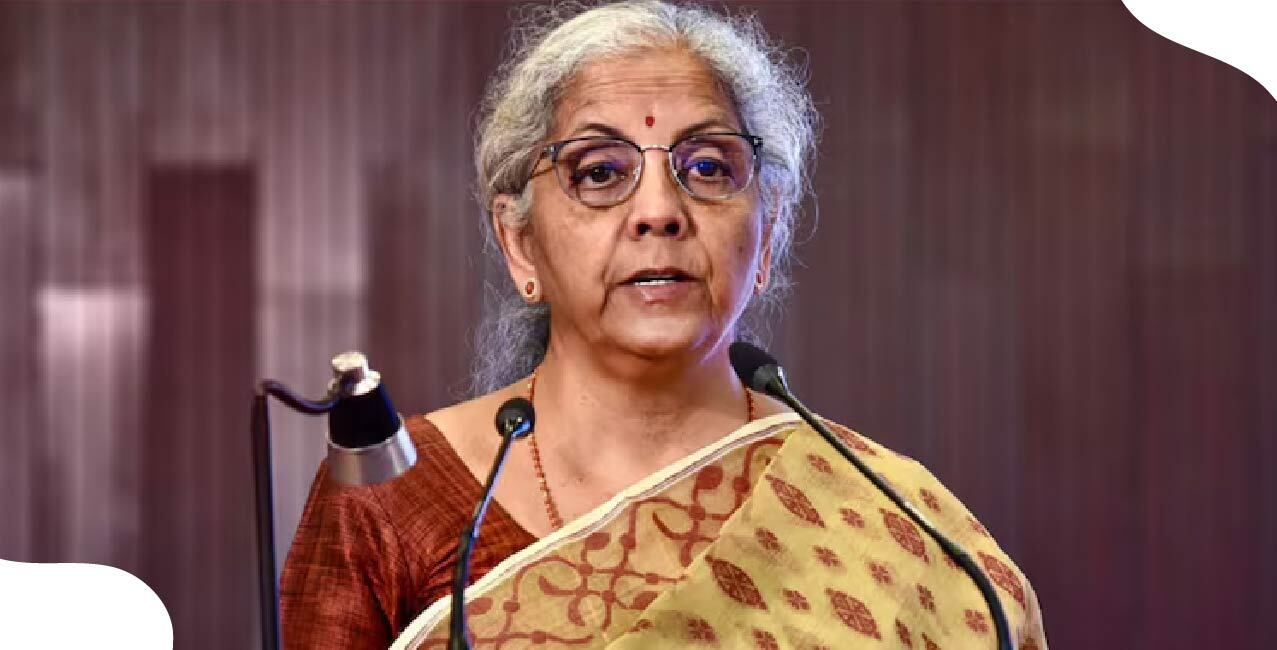
Author
LoansJagat Team
Read Time
4 Min
18 Aug 2025
Finance Ministry Plans Two-Tier GST Structure; Special Rates on Key Items, Council Meet in September
The Finance Ministry has proposed a sweeping overhaul of India’s Goods and Services Tax (GST) structure—cutting down the current four-slab system (5%, 12%, 18%, 28%) into just two main rates: 5% and 18%, with a special 40% rate reserved for a few luxury and "sin" items.
This “next-generation GST” is expected to be rolled out by Diwali 2025, pending approval from the GST Council in its scheduled meeting in September or October. The reform is seen as a Diwali gift to the common man, MSMEs, and middle-class taxpayers, while fostering ease of compliance and economic inclusivity.
Two-Tier Rate Structure: Simplicity and Special Rates
The core of the proposal aims to simplify the GST regime by consolidating tax slabs as follows:
- 5%: Standard rate for essential and daily-use items
- 18%: Standard rate for most other goods and services
- 40% special rate: Reserved for a handful of luxury and sin goods like tobacco, pan masala, and online gaming
Rationale:
- Reduces complexity in classification and compliance.
- Boosts affordability and consumption by reducing tax on everyday items.
- Maintains high taxation on harmful goods.
Impact on Taxable Goods: What Moves Where?
Most goods currently taxed at 12% and 28% will move to lower rates:
This shift will alleviate costs on everyday and aspirational goods while narrowly targeting high-tax items.
Read More – Goods Exempted from GST: The Untaxed Stars of Indian Economy!
Structural Pillars of Next-Gen GST Reform
This reform rests on three foundational pillars:
- Structural Reforms
- Rationalise inverted duty structures to prevent excessive Input Tax Credit (ITC) build-up.
- Resolve classification disputes and improve rate clarity.
- Establish long-term predictability for businesses.
- Rationalise inverted duty structures to prevent excessive Input Tax Credit (ITC) build-up.
- Rate Rationalisation
- Simplify tax slabs, reduce consumer costs, and align domestic manufacturing with the Atmanirbhar Bharat vision.
- Special rates only for limited categories, enabling consumption boosting and affordability.
- Simplify tax slabs, reduce consumer costs, and align domestic manufacturing with the Atmanirbhar Bharat vision.
- Ease of Living
- Introduce seamless, tech-driven GST registration, especially for MSMEs.
- Deploy pre-filled returns and faster, automated refunds to enhance compliance ease.
- Introduce seamless, tech-driven GST registration, especially for MSMEs.
Compensation Cess: Definition, Analogy, Pros & Cons
What is Compensation Cess?
It is an additional tax on luxury and sin items (cars, pan masala, etc.) meant to compensate states for revenue losses from GST rollout.
Think of it like paying a surcharge on premium parking that’s earmarked strictly for maintaining city infrastructure; once the infrastructure is built and costs are recovered, the surcharge becomes unnecessary.
Pros & Cons of Ending Compensation Cess
With the cess set to sunset in March 2026, the Council must now determine how to tax those goods once the cess ends.
What Is Accumulation of Input Tax Credit (ITC)?
Definition & Analogy:
When the tax a business pays on raw materials (inputs) is higher than the tax on the finished product (outputs), the business accumulates ITC that can't be effectively used, akin to having excess prepaid credit on a phone that remains unused because you don't make enough calls. This can burden cash flow and create inefficiency.
The reform aims to align input-output taxes to reduce such accumulation, aiding smoother credit flow and lowering compliance stress.
Also Read - No Decision Yet on GST Rate Cut, Says Finance Ministry; Final Call Lies with GST Council
Role of State Panels and Upcoming Council Meet
- A Group of Ministers (GoM), convened by Bihar Deputy CM Samrat Chaudhary, is examining rate rationalisation and inverted duty correction.
- Another state-minister panel is reviewing GST rates on health and term life insurance, with decisions expected soon.
- The GST Council is scheduled to meet in September, aiming for swift approval and rollout of reforms before Diwali.
Conclusion
India's forthcoming GST 2.0 aims to transform a complex four-tier system into a more efficient, two-tier regime, 5% and 18%, plus a targeted 40% for sin goods. Paired with structural clarity, reduced compliance burdens, and technological integration, the reform is positioned to boost consumption, energize MSMEs, and align with economic resilience goals.
If the GST Council gives it the green light in September, this could be the “Double Diwali Gift” the nation needs, ushering in affordability, predictability, and growth just in time for the festival season.
About the Author

LoansJagat Team
‘Simplify Finance for Everyone.’ This is the common goal of our team, as we try to explain any topic with relatable examples. From personal to business finance, managing EMIs to becoming debt-free, we do extensive research on each and every parameter, so you don’t have to. Scroll up and have a look at what 15+ years of experience in the BFSI sector looks like.

Quick Apply Loan
Subscribe Now
Related Blog Post

LoansJagat Team • 10 Jun 2025

LoansJagat Team • 06 Jun 2025

LoansJagat Team • 22 Sep 2025